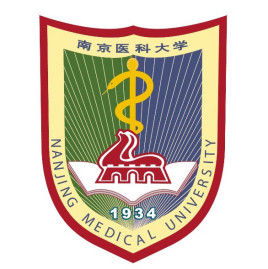Request Demo
Last update 03 Jan 2026
Salirasib
Last update 03 Jan 2026
Overview
Basic Info
Drug Type Small molecule drug |
Synonyms S-Farnesylthiosalicyclic acid, Salirasib (INN/USAN), Transfarnesylthiosalicyclic acid + [3] |
Target |
Action inhibitors |
Mechanism RAS inhibitors(RAS type GTPase family inhibitors) |
Therapeutic Areas |
Active Indication |
Inactive Indication |
Originator Organization |
Active Organization |
License Organization- |
Drug Highest PhasePreclinical |
First Approval Date- |
RegulationOrphan Drug (United States) |
Login to view timeline
Structure/Sequence
Molecular FormulaC22H30O2S |
InChIKeyWUILNKCFCLNXOK-CFBAGHHKSA-N |
CAS Registry162520-00-5 |
R&D Status
10 top R&D records. to view more data
Login
| Indication | Highest Phase | Country/Location | Organization | Date |
|---|---|---|---|---|
| Advanced Lung Non-Small Cell Carcinoma | Phase 2 | United States | 01 Sep 2007 | |
| Non-Small Cell Lung Cancer | Phase 2 | - | - | |
| Pancreatic Cancer | Phase 2 | - | - | |
| Acute Lymphoblastic Leukemia | Phase 1 | United States | 01 May 2006 | |
| Acute Myeloid Leukemia | Phase 1 | United States | 01 May 2006 | |
| Chronic Lymphocytic Leukemia | Phase 1 | United States | 01 May 2006 | |
| Chronic Myelogenous Leukemia | Phase 1 | United States | 01 May 2006 | |
| Chronic Myelomonocytic Leukemia | Phase 1 | United States | 01 May 2006 | |
| Myelodysplastic Syndromes | Phase 1 | United States | 01 May 2006 | |
| Refractory Leukemia | Phase 1 | United States | 01 May 2006 |
Login to view more data
Clinical Result
Clinical Result
Translational Medicine
Boost your research with our translational medicine data.
login
or

Deal
Boost your decision using our deal data.
login
or

Core Patent
Boost your research with our Core Patent data.
login
or

Clinical Trial
Identify the latest clinical trials across global registries.
login
or

Approval
Accelerate your research with the latest regulatory approval information.
login
or

Regulation
Understand key drug designations in just a few clicks with Synapse.
login
or

AI Agents Built for Biopharma Breakthroughs
Accelerate discovery. Empower decisions. Transform outcomes.
Get started for free today!
Accelerate Strategic R&D decision making with Synapse, PatSnap’s AI-powered Connected Innovation Intelligence Platform Built for Life Sciences Professionals.
Start your data trial now!
Synapse data is also accessible to external entities via APIs or data packages. Empower better decisions with the latest in pharmaceutical intelligence.
Bio
Bio Sequences Search & Analysis
Sign up for free
Chemical
Chemical Structures Search & Analysis
Sign up for free


